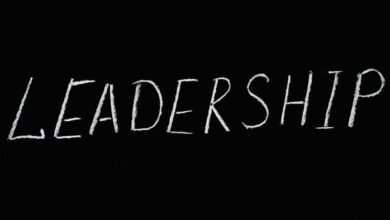7520 Measuring Frequency of Early Morning Calls

The 7520 framework presents a methodical approach to assessing early morning call frequencies within organizations. This analysis reveals patterns that may significantly influence employee productivity and overall well-being. By quantifying call timings, companies can optimize their communication strategies. However, the balance between necessary engagement and individual preferences remains a critical consideration. Understanding these dynamics is essential for fostering a collaborative work environment. What implications could this have for organizational culture?
Understanding the 7520 Framework and Its Importance
The 7520 framework serves as a critical analytical tool for understanding the dynamics of early morning calls within various operational contexts.
Its importance analysis highlights how structured methodologies can optimize communication strategies.
A 7520 framework overview reveals the interactions between frequency, timing, and recipient response, emphasizing the need for a nuanced approach to enhance effectiveness while fostering a sense of autonomy in operational environments.
Analyzing the Impact of Early Morning Calls on Productivity
How do early morning calls influence overall productivity in various work environments?
Analyzing call effectiveness reveals that these interactions can disrupt established morning routines, leading to decreased focus and efficiency.
Conversely, when structured effectively, early calls can enhance collaboration and set a proactive tone for the day.
Balancing these factors is crucial for maximizing productivity without compromising individual freedom and well-being.
Strategies for Managing Early Morning Call Schedules
Effective management of early morning call schedules requires a strategic approach that considers both the potential benefits and drawbacks highlighted previously.
Prioritizing employee preferences in call scheduling enhances engagement and productivity, while utilizing flexible time slots accommodates diverse work styles.
Implementing technology for automated scheduling can streamline the process, ensuring optimal alignment between organizational goals and individual employee needs.
Balancing Communication and Well-Being in the Workplace
Frequently, organizations grapple with the challenge of balancing effective communication and employee well-being in the workplace.
Establishing clear communication boundaries fosters a healthier work-life balance, ensuring employees remain engaged without experiencing burnout.
Organizations must prioritize policies that respect personal time while maintaining open channels for collaboration, ultimately creating an environment where both productivity and well-being coexist harmoniously, enhancing overall workplace satisfaction.
Conclusion
In conclusion, the 7520 framework serves as a compass guiding organizations through the intricate landscape of communication strategies. By scrutinizing early morning call frequencies, companies can navigate the delicate balance between employee engagement and well-being, akin to a skilled conductor harmonizing an orchestra. This analytical approach not only enhances productivity but also cultivates a collaborative environment where individual preferences are respected, ultimately fostering a workplace culture that resonates with satisfaction and efficiency.





